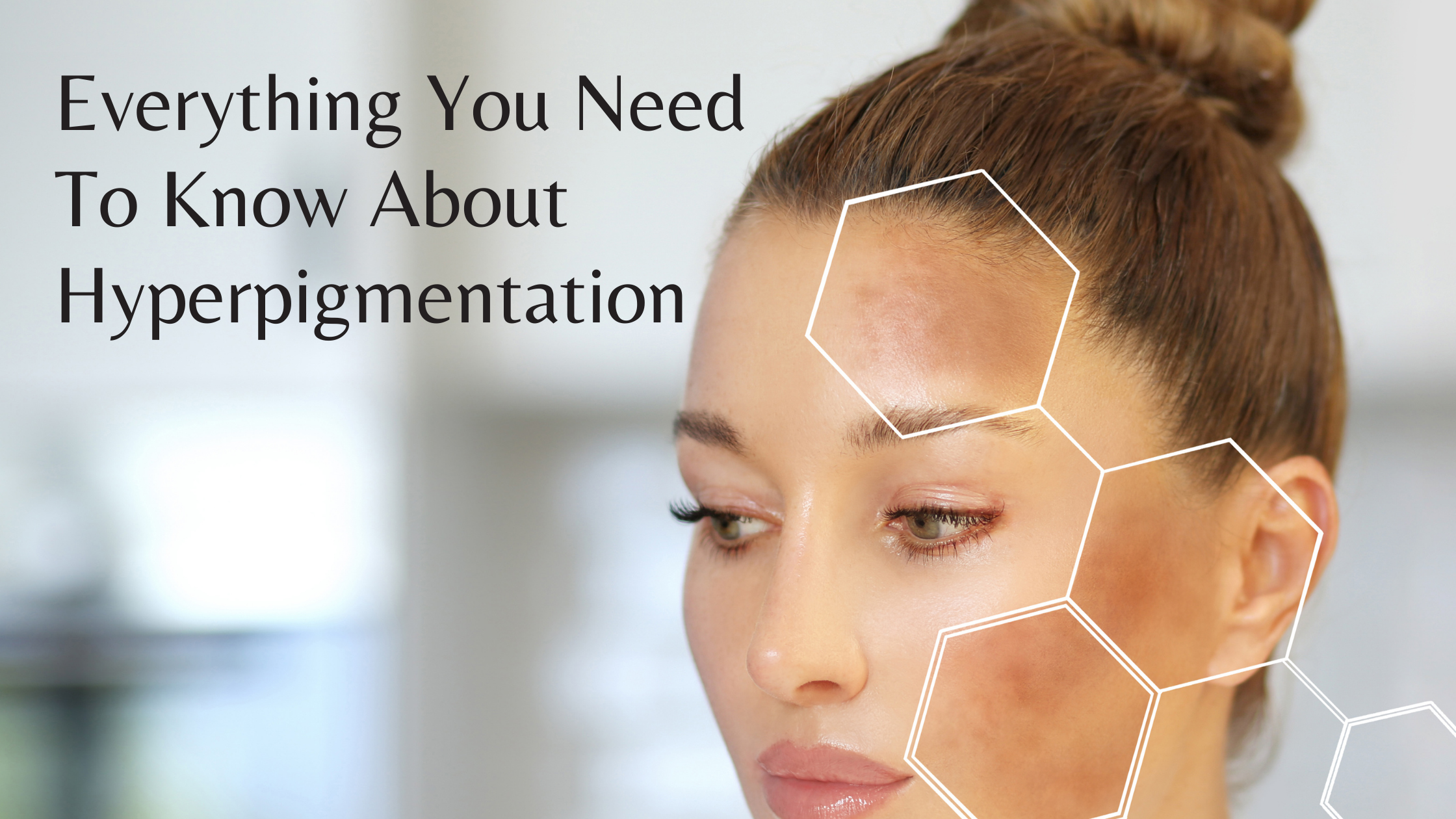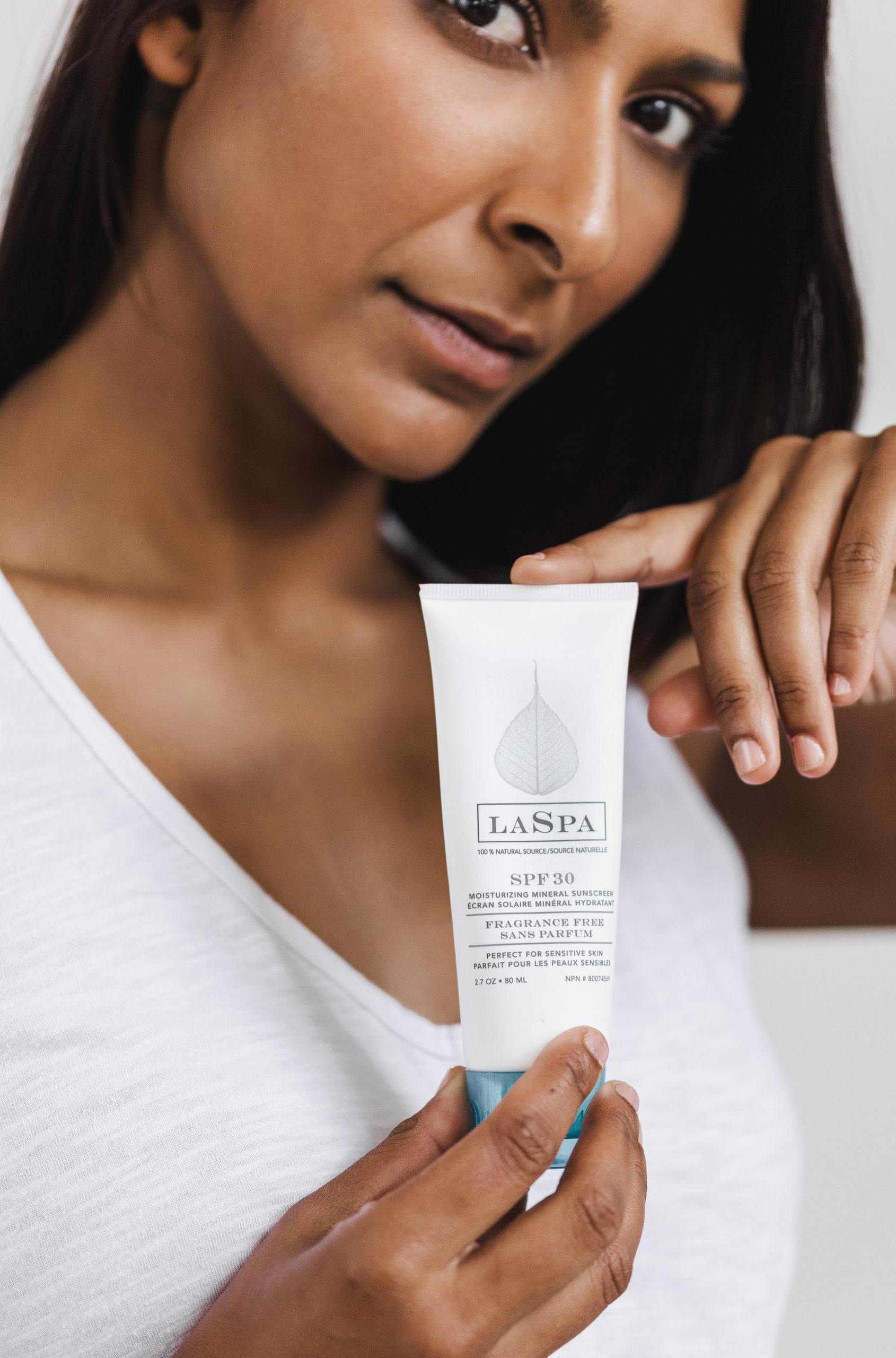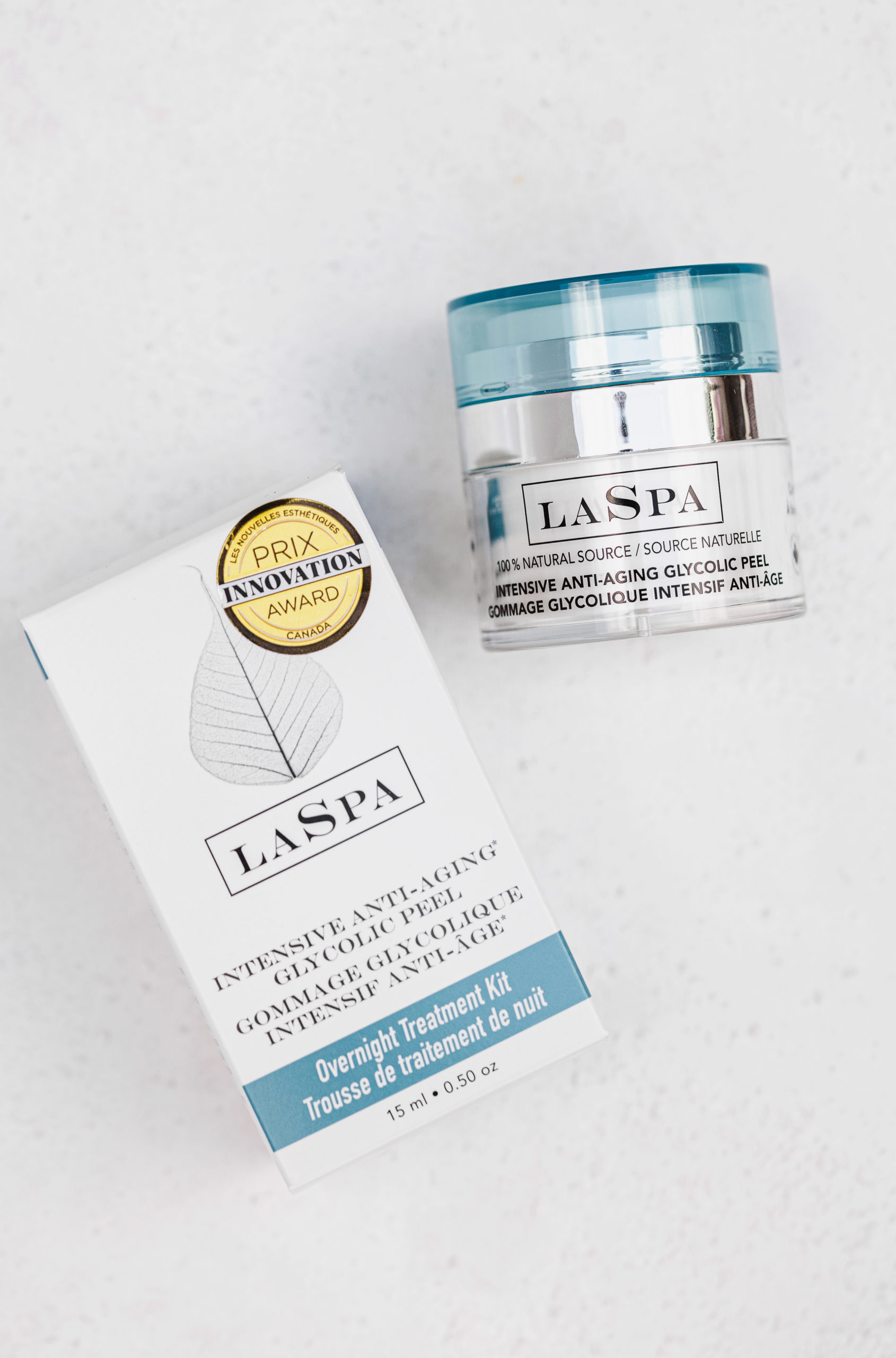Everything You Need To Know About Hyperpigmentation
If you have looked in the mirror and noticed skin discolouration that seems to have appeared with age – you’re not alone. Many people experience dark spots, or hyperpigmentation, that show up on the skin with time. It’s completely normal to develop hyperpigmentation, but you may be wondering how you can treat it to return your complexion to a more even, balanced state.


Although we always recommend a visit to your dermatologist when you notice any dark spot formation, we’ve compiled a comprehensive guide to all things hyperpigmentation. Let’s get started.
What Is Hyperpigmentation?
Hyperpigmentation is the darkening of the skin in clusters or areas. Even though these dark spots can affect any area of the body, you’ll primarily find them on the face and hands. This skin darkening is from an overproduction of melanin, the pigment that gives color to the skin.
Why Does Hyperpigmentation Occur?
There are three main types of hyperpigmentation that appear on the skin.
Sun Spots & Freckles
As the name suggests, sun spots and freckles form as a result of sun exposure. Although sun spots seem to show up as we age, freckles actually do the opposite; they show up in childhood and fade with age.
When our skin is exposed to UV light, our melanin darkens to protect our skin’s inner layers. Over time and sun exposure, that melanin can form in deposits known as sun spots. Those spots can remain on your skin even as your tan fades. Most often seen on cheeks, hands, shoulders, and ears, these spots can be pesky (but not impossible!) to treat once they develop.


Post-inflammatory Pigmentation
Post-inflammatory hyperpigmentation occurs when the skin heals after dealing with a form of inflammatory trauma. The most common cause of post-inflammatory pigmentation is acne, but it can also occur after a skin contusion or another type of wound.
The melanin in the skin is triggered by this inflammation and deposits into the site while the wound is healing. This results in a scar that lasts beyond the healing of the initial wound.
Melasma
Melasma is most often caused by fluctuating hormones and hormone-disrupting medications. It has even been called the “pregnancy mask” because of how common it occurs during the hormonal changes in pregnancy.
Melasma is characterized by darker, brown or blue-grey skin patches that appear on the face. It can sometimes fade with the discontinuation of hormone therapies like birth control, but for many women it can last long after. Along with sun spots, melasma can also be darkened by sun exposure.
Protecting Skin Against Hyperpigmentation
Sun protection is the number one method in protecting your skin and preventing hyperpigmentation. Using an effective sunscreen daily (yes, even in the winter) can significantly lower your chances of developing hyperpigmentation. Even if you already have dark spots, applying sunscreen regularly can prevent the spots from expanding or getting darker in color.


Using a mineral sun protectant such as our Moisturizing Mineral Sunscreen SPF 30 will ensure that your skin stays safe and feels nourished with restoring ingredients such as Green Tea and Rosemary Leaf Extracts.
Other preventative measures you can take are avoiding the sunlight during peak UV hours and wearing protective clothing like long sleeve shirts and hats.
How To Treat Hyperpigmentation
Even if your skin is already showing signs of dark spots, it is possible to treat these spots to lighten over time.
Chemical exfoliants can speed up the time in which your skin cells turn over, making your skin appear fresh and glowing. One of these acids, named Glycolic Acid, is widely used for hyperpigmentation due to its effective yet gentle properties. It works to remove dead skin, dullness, and excess melanin buildup by increasing cell turnover.


Although traditional Glycolic Acid is derived naturally from sugar cane, many companies use synthetic Glycolic Acid created with the use of petrochemicals as it is cheaper and easier to manufacture. We use only 100% Natural Bio-Based Glycolic Acid in our formulas; it is distilled naturally from sugar cane in small batches.
Due to its skin-brightening qualities, we feature this natural Glycolic Acid in our bestselling Intensive Glycolic Peel Overnight Treatment Kit. Along with hyperpigmentation, Glycolic Acid has been known to assist with acne flare-ups, fine lines, and evening skin complexion. It’s an all-in-one for bright, healthy skin.
Whether you’ve just noticed your first dark spot or you’ve been dealing with hyperpigmentation for some time, it’s important to remember that having spots on your skin is normal and treatable. Skincare is a journey; appreciating and caring for your skin every step of the way is the key.
Have you experienced hyperpigmentation? What are your best tips for preventing dark spots? Head over to our Instagram @laspanaturals to share your top tricks and check out our newest, must-read skincare hacks.

